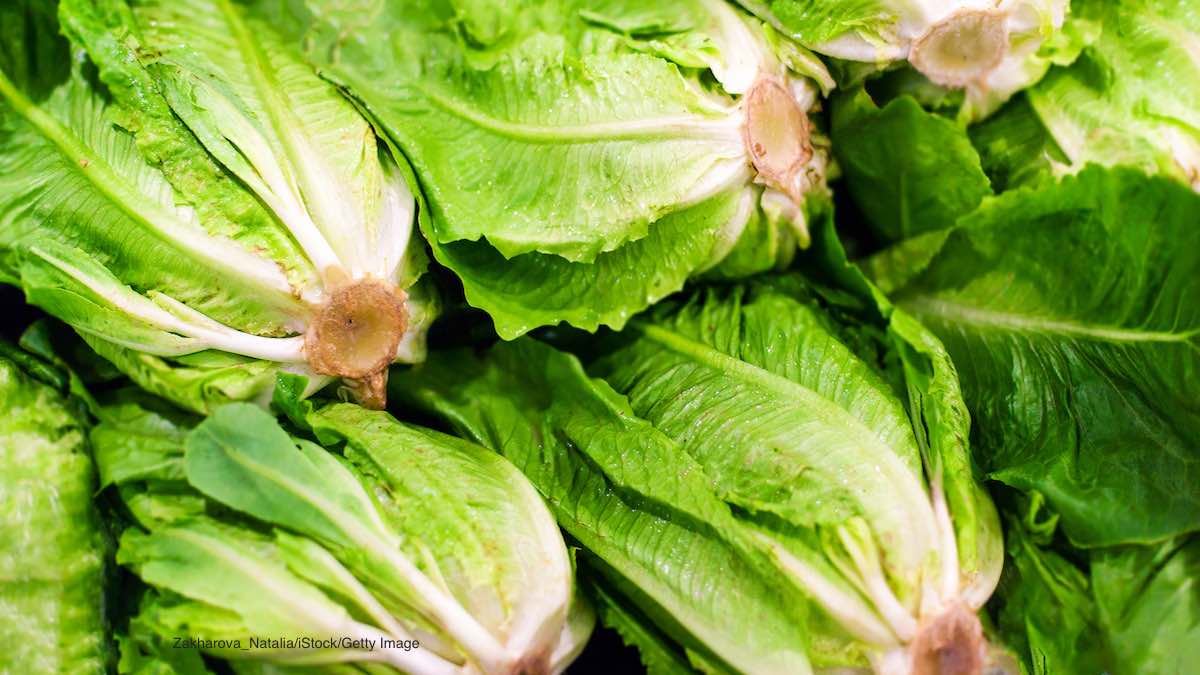The FDA is investigating the new Romaine E. coli O157:H7 outbreak that has sickened at least 32 people in 11 states. The Public Health Agency of Canada and the Canadian Food Inspection Agency, along with the CDC and state and local agencies in the U.S. are also investigating.

Genetic analysis has found that the strains in this new outbreak are similar to the bacteria that sickened people in both countries in the fall of 2017. There is no link between this new outbreak and the outbreak that occurred in the U.S. in the Spring of 2018.
The FDA is conducting traceback investigations to try to find the source of the lettuce that was contaminated. No agency identified a particular brand, supplier, or distributor in the 2017 outbreak, although they found that the romaine lettuce was “likely supplied by multiple firms located in Arizona, California, and Mexico.”
In both outbreaks, the quality of records make the traceback procedure more difficult. There was no distinct geographical cluster of illnesses, and no original packaging. In addition, there were a large number of potential suppliers that provided lettuce to processing plants, which mixes lettuces from many different farms and areas.
Officials didn’t identify any particular brand in the outbreak that took place in the spring of this year either. Officials did find the outbreak strain of E. coli O157:H7 bacteria in canal water that was near romaine lettuce fields in Yuma, Arizona this summer. That bacteria caused the outbreak last spring.

You can reach attorney Fred Pritzker for help by calling 1-888-377-8900.
Food safety lawyer Fred Pritzker, whose firm Pritzker Hageman has represented many clients sickened with this pathogen, said, “It’s unfortunate that the agencies and producers can’t trace the source of the contaminated lettuce. Consumers must protect themselves and throw away any romaine they may have purchased. It’s very unusual for these public agencies to recommend that consumers completely avoid a product because it may be a health risk.”
The most recent illness in the new Romaine E. coli O157:H7 outbreak occurred on October 31, 2018. There is about a 20 day lag time between when a person starts to feel ill and when their illness is diagnosed and reported to officials.
At this time, the FDA doesn’t have enough traceback information to identify the source of contamination. No recalls have been issued. Until these agencies have a better handle on where this lettuce may have originated, the FDA “advises that consumers should not eat and discard romaine, or any mixed salads containing romaine, until more inforkatiomz on the source of the contamination and the status of the outbreak can be determined.”
Consumers should also clean their refrigerators if they have any romaine lettuce on handle. That means romaine heads, hearts of romaine, baby romaine, chopped romaine, and any salad blend or mix that may contain romaine. Use soapy water and thoroughly clean the fridge and all packages in that appliance.
It’s a good idea to know the symptoms of an E. coli infection as well. Typically, people suffer from severe abdominal cramps that are very painful, a slight fever, and bloody diarrhea. If you have eaten romaine lettuce in the past week and have been ill with similar symptoms, see your doctor.




